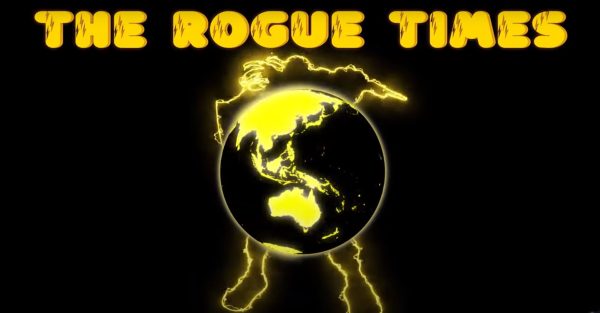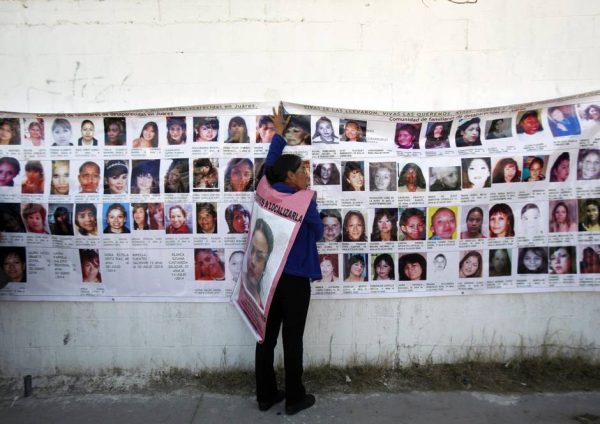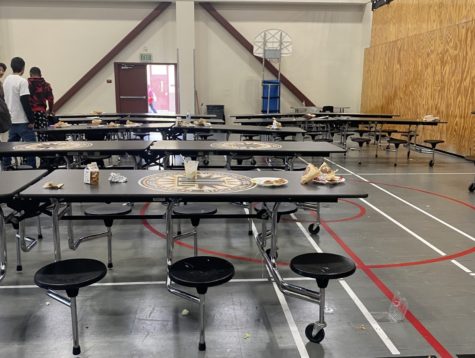Hazelwood v Khlmeier court case brief
In the 1988 case of Hazelwood v. Kuhlmeier, the Supreme Court tried to clear up the situation. Whether the court actually succeeded in doing so is not known for sure. The case began when student journalist at Missouri’s Hazelwood East High School tried to print two bold and exciting articles–one focusing on the effects of parents’ divorce upon students, another examining the issue of teenage pregnancy at the school. The principal, upon review of their page proofs, deleted both articles from the issue before publication. The student journalist, angered by what they viewed as a bold and in plain view, something forced on people/an inconvenient situation of deleting offensive things from publication, went to court. In the end, they lost.
In a split 5-3 decision, the Court ruled that the principal of Hazelwood did have the agreeing with, or related to, the Constitution grounds to remove offensive things from books and movies the school newspaper because the paper itself, which was produced as part of a for-credit journalism class, was not a “forum for public expression” but was rather a “regular classroom activity.” The court then offered a very broad set of specific conditions in which school people in charge of something would be reasonable in censoring student publications-cases in which the material in question was “not following language rules, poorly written, or poorly researched.” People who give opinions blasted these standards as far too broad and open to opinion and judging; not black-and-white in nature; what, for example, would prevent a school principal from rejecting a critical article on the false basis that it was “poorly written”? In practice, the Hazelwood decision gave school people in charge of something a great deal of power to control the content of the student press; student press freedom fights for arguing that it stripped of everything inside students’ protections under the First Amendment.










